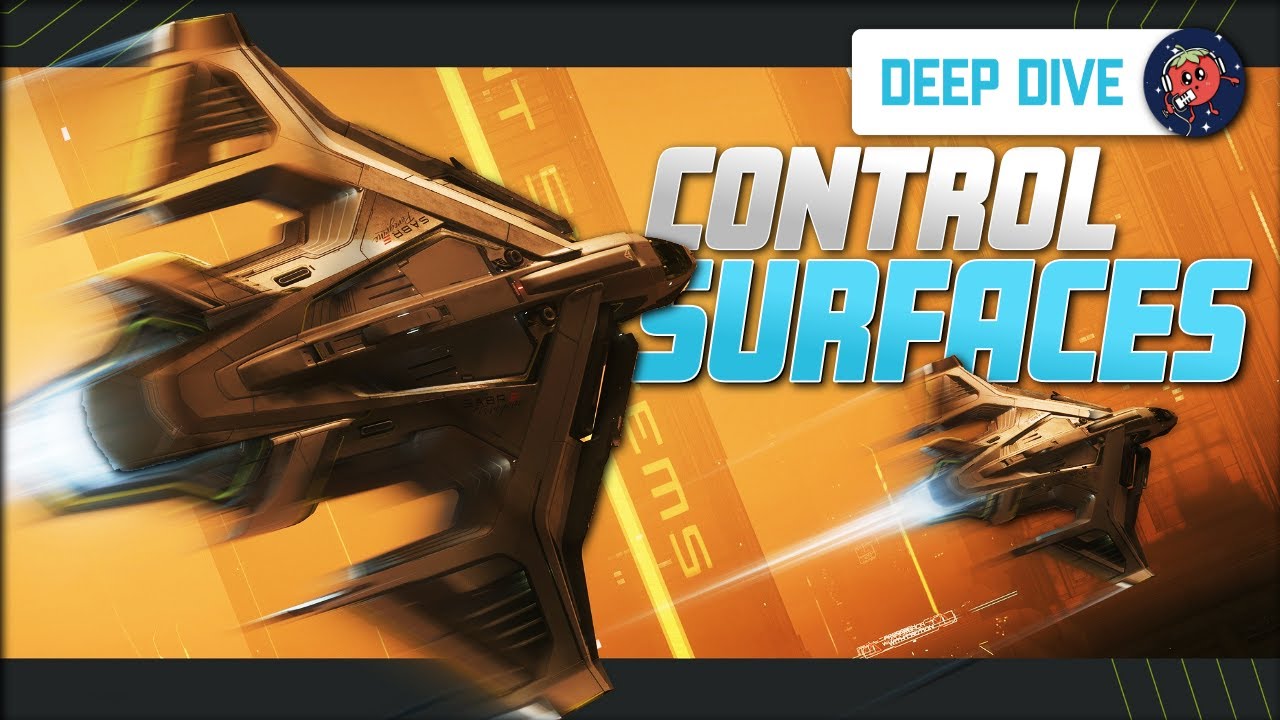The video explains Star Citizen’s transition from thruster-based atmospheric flight to a more realistic system incorporating control surfaces, enabling ships to maneuver like real aircraft with gliding, stalls, and aerodynamic effects. This development aims to create a distinct and immersive planetary flight experience, emphasizing skillful piloting and introducing new gameplay dynamics such as thruster wear and VTOL capabilities.
The video provides an in-depth look at the development and implementation of control surfaces in Star Citizen’s atmospheric flight model, a feature designed to make flying on planets feel distinctly different from space flight. Early atmospheric flight systems, developed around 2015-2017, primarily relied on thrusters for maneuvering, with ships treated as singular bodies reacting to forces like gravity and drag. Although these early models included turbulence and drag effects, they lacked true aerodynamic control surfaces, meaning ships didn’t behave like real airplanes with movable wings or rudders.
As development progressed, the team recognized the limitations of thruster-only flight in atmosphere, especially with less aerodynamic ships like the Aurora, which struggled to maintain stability and efficiency. Thrusters had to work harder to compensate for poor aerodynamics, resulting in higher fuel consumption and less realistic flight behavior. This highlighted the need for a more nuanced system where aerodynamics and control surfaces would play a larger role, allowing ships to glide and maneuver more like traditional aircraft rather than relying solely on thrusters.
By around 2020-2021, with a renewed focus on Squadron 42 and improved ship management systems, the developers began seriously planning for control surfaces. They acknowledged that current thruster designs, optimized for space, were not ideal for atmospheric flight and that control surfaces would eventually take over primary maneuvering functions in atmosphere. This would allow thrusters to assist rather than dominate flight control, enabling more immersive and realistic flying experiences, including VTOL capabilities and hovering, which are crucial for mining and salvage operations.
A significant milestone came with the 2023 demonstration of control surfaces at Cathcon, showcasing a complete overhaul of the aerodynamic system. The demo illustrated how control surfaces would simulate airflow over wings, with effectiveness decreasing at lower speeds, leading to realistic stalls and loss of control if a ship flies too slowly. This system introduces new gameplay dynamics such as gliding, aerodynamic stalls, and the need to manage speed and control carefully. The integration of thruster wear and tear adds a layer of engineering challenge, discouraging players from overtaxing their thrusters and encouraging more skillful flying techniques.
Overall, the introduction of control surfaces marks a major step toward making atmospheric flight in Star Citizen more authentic and engaging. While still in development and not yet fully integrated into the game, this system promises to differentiate planetary flight from space flight significantly. Players can expect a future where flying feels more like piloting real aircraft, with consequences for improper handling and new mechanics like gliding and aerodynamic stalls enriching the gameplay experience. The video concludes by encouraging viewers to follow ongoing updates as the feature continues to evolve.
